Dark Tourism BLOG
This page is intended to provide a more flexible and also more interactive element to dark-tourism.com, which is otherwise more static (more like an encyclopedia). The idea came about after the DT page I used to curate on Facebook was suddenly shut down by the company (full story here). So I’m continuing here – with regular blog posts, either featuring particular dark-tourism destinations or marking specific days in dark history and sometimes reacting to current affairs that are in some way relevant to this site’s topic.
sign up to the newsletter!
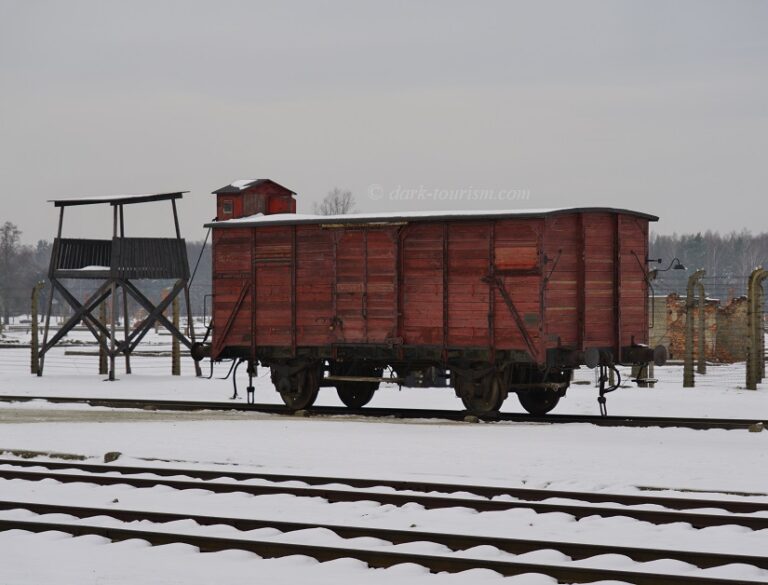
Return to Auschwitz
Today is International Holocaust Remembrance Day, aka “Auschwitz Day”, as it was on this date, 27 January, that in 1945 the Soviet Red Army arrived at Auschwitz and liberated the camp, after the SS had largely “evacuated” it already and sent most of its inmates on death marches, to camps further away from the westward-moving front line in a WWII that was already de facto lost for Germany.
It also so happened that a little earlier this month I revisited the memorial sites at Auschwitz as part of a six-day trip to Kraków and Oświęcim, planned at short notice. So I decided to do another Auschwitz Day post (see also
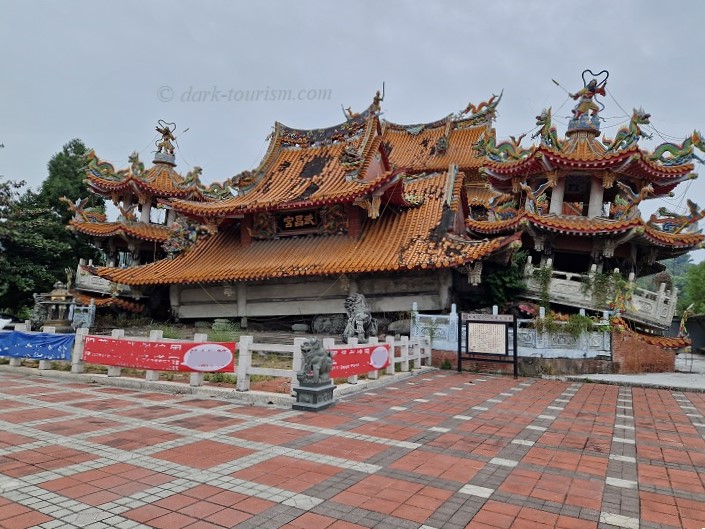
Back from Taiwan
On Thursday I returned from a 19-day trip to Taiwan. It was a fabulous trip in all manner of ways, and not least in terms of dark tourism. The material I gathered on this trip will provide content and photos for several new Blog posts and a few dozen new and/or expanded chapters for my main website.
I took thousands of photos and it will take me weeks to develop all the files in RAW format and process them. So here’s just a little pre-teaser with images taken only by smartphone, so not the best quality, but hopefully good enough for a first impression.
The dark-tourism subcategories covered on this trip included

Belfast and the “Troubles”
For many tourists visiting Belfast, the main “Troubles”-related activity is those (in)famous Black Taxi Tours – which is exactly what I did on my first trip to the city back in 2012. On my more recent and much longer return trip in April this year I instead chose a walking tour of West Belfast and also did a lot of exploring independently.
A major spot on any “Troubles”-related tour (whether guided or unguided and whether on foot, by taxi or by coach) is the so-called Solidarity Wall (also International Wall). This is actually
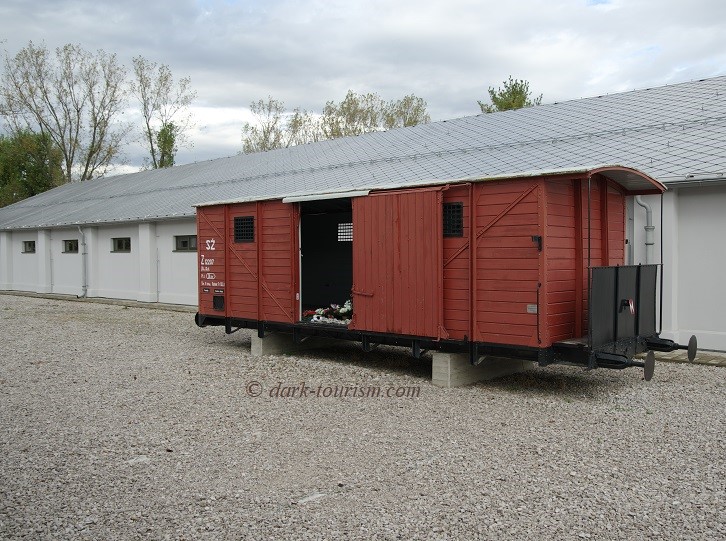
Sered
here’s a Blog post about the Sered Holocaust Museum, which I visited in late October this year.
The museum is housed in the original barracks of what was Sered’s labour/concentration camp in the Holocaust in Slovakia during WWII.
As is often the case on this Blog, the post is primarily a short photo essay with just essential information.
There were in fact several labour camps for Jews in Slovakia from ca. 1941 onwards. After the Slovak National Uprising in August 1944, which was quickly and brutally crushed by Nazi Germany (see Muzeum SNP), these camps became proper concentration camps, now run by the SS, and also
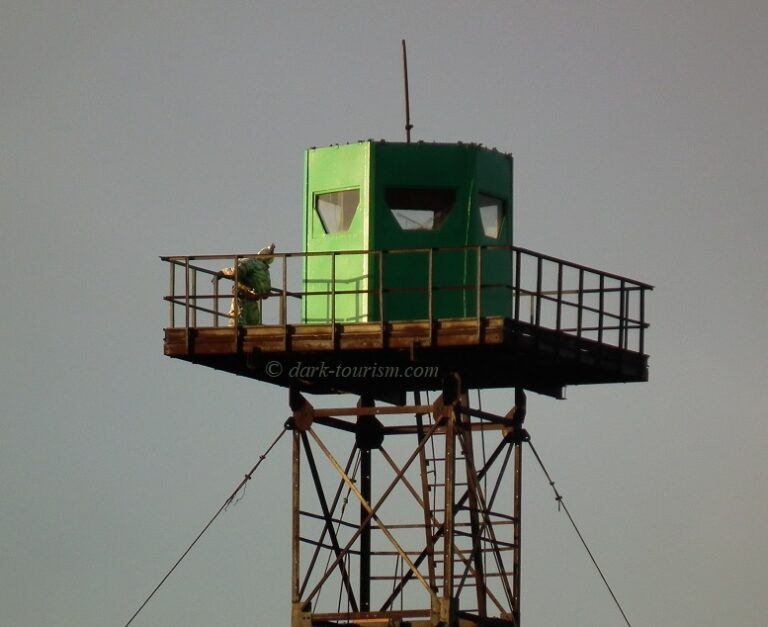
On the Northern Edge
I was reminiscing recently about my travels to Norway back in 2012 after reading a couple of articles focusing on places I visited during that trip. Both articles are about how places of Norwegian-Russian contact have been affected by the current war Putin is waging against Ukraine. The first article is about Spitsbergen, more specifically about the Russian mining town of Barentsburg. The other article is about Kirkenes and the nearby border with Russia. So both places are a bit on edge at the moment, and both are located in the far north – hence my choice of title for this post.
In both places
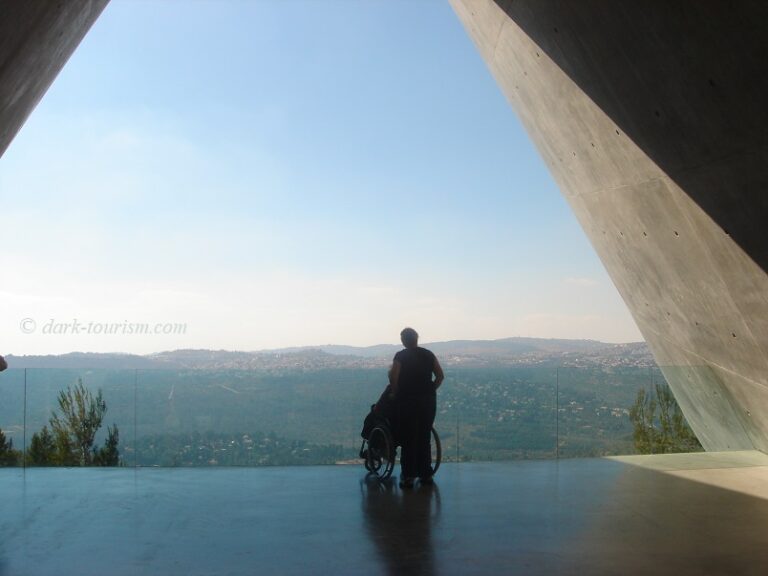
Israel now and then
Just like recent developments in Artsakh inspired me to take a nostalgic look back to when I travelled to that region, I can now do the same for Israel. I visited the country in August 2006, at a time when Israel was having “troubles in the north”, as the euphemism back then was when referring to the border war with Lebanon at the time, but it was nowhere on the scale of the horrors now.
The reason I went to Israel was completely unrelated to those
